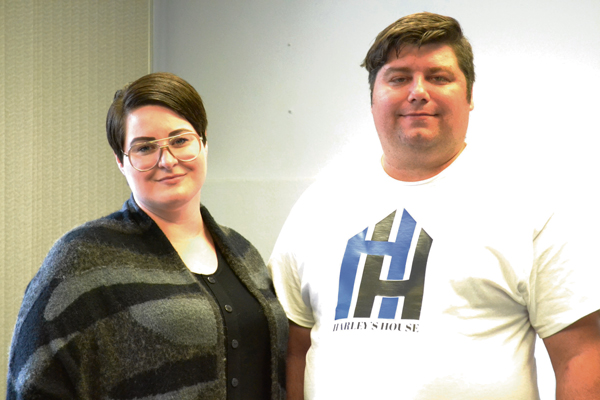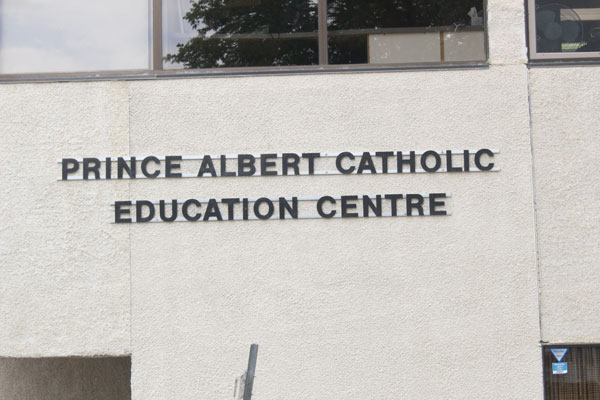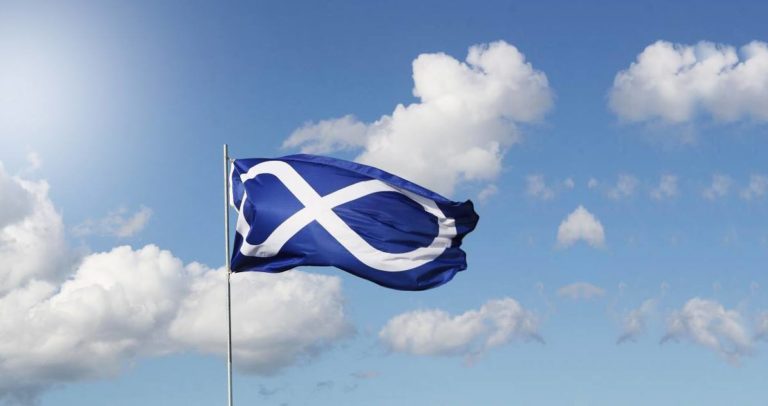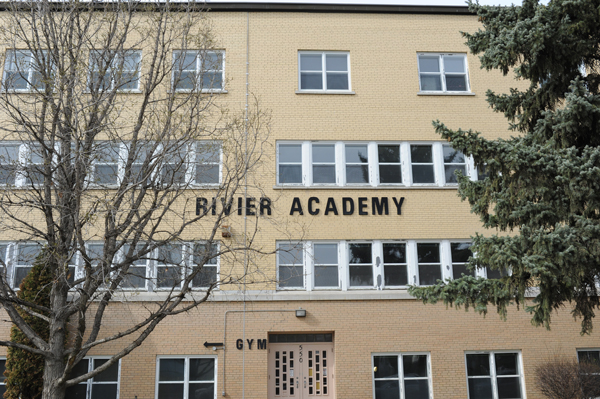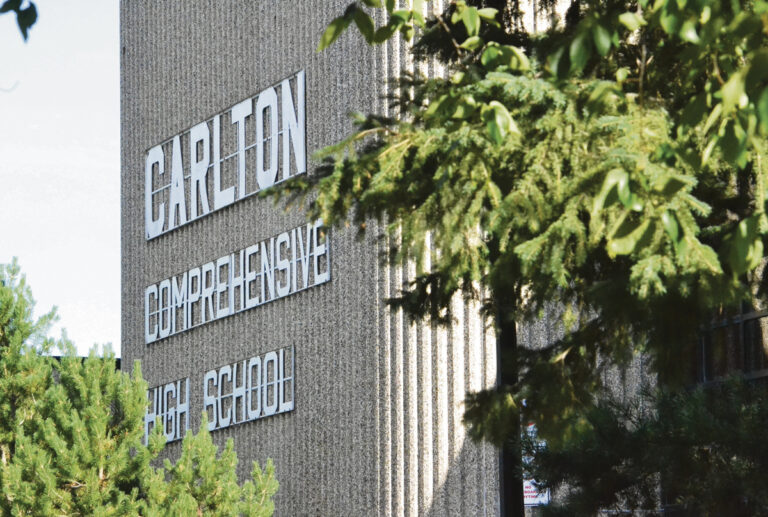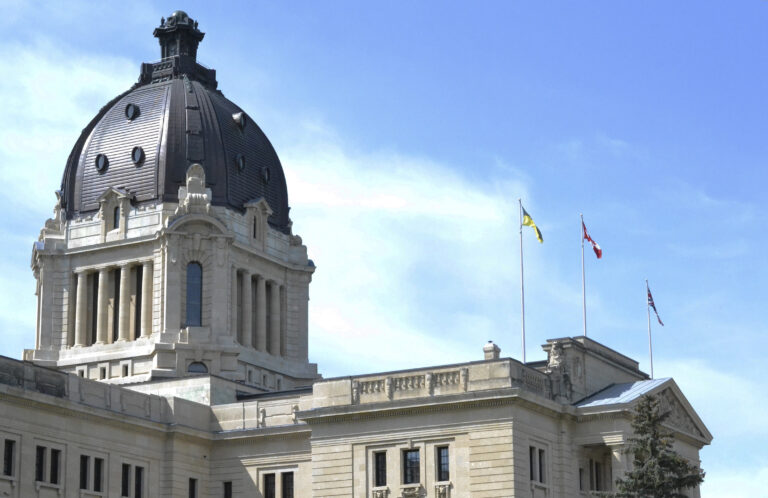The Prince Albert non profit with a plan to build the Harley’s House youth home is looking to engage the community through the creation of a community garden in the West Flat.
They see the Harley’s Garden as a way to connect to the community before construction of the semi independent transitional housing project begins.
“The garden is a way for us to create certainty with the community for our overall project of the Harley’s House project. We have had to make some amendments to it but so far so good. We have raised $50,000 so far from Malcolm Jenkins and we have about four or five other corporate sponsors at this time also looking to jump on board,” Girardi Foundation executive director David Girardi said.
“It’s really an uplifting community revitalization project for the whole community of Prince Albert,” he added.
Canadian Tire owner and philanthropist Jenkins explained that he is at the stage of his life where he can’t take it with him and he wants to give back to the community he loves. The project will be built near the recently completed Alfred’s Spray Park.
“We built the splash park last year in that area. It has been largely an underserved area and the splash park went over well and the city added a playground and it has turned a small corner of the West Flat into a very nice area and this is adjacent to that,” Jenkins added.
He explained that the community garden will be another enhancement to the area.
“It is to enhance the area plus the goal is a worthy one it is to build a garden which is a nice addition to the community and then build a residence for at risk youth to give them a hand. It just seemed a very worthy thing to do and it’s adjacent to something we have already done so I think it is good if we can spread it from there it’s a nucleus and make something larger and more worthwhile of the whole thing,” Jenkins said.
“It’s coming back we have got a skatepark there now and that was the year before and now we have got a splash park and if this comes along. So it’s good I am hoping to see other people jump in and help and make it happen faster,” he added.
The amendments that have been made to the plans included adding garden plots and replacing benches to make it more of a community garden than a community space.
Girardi has filled out the development permit and is waiting on environment approval and other items.
According to Girardi the project build cost is $220,000 but they are fundraising will total $650,000. The project receives no government funding.
“We are using investment strategies through Edward Jones Investments that put a 75 to 100 per cent guarantee on all of the sponsorship capital raised and it pays out interest for monthly operating expenses. So if we raise $650,000 for the fundraising on the garden that will pay us $2,100 a month to cover all of the operational expenses of the garden,” he explained.
There is also a guaranteed succession in place if they raise the funds so if a board member passes away the program will continue according to Girardi. The garden will also include artwork from the Bernice Sayese Centre cultural program.
The purpose of the community garden is simple according to Girardi.
“The entire purpose of the garden is that it is a community garden. So available to the community through an online booking system to either have their own garden plot as well as for use to learn about gardening skills. To learn the value of growing something and how you do one thing in life is how you do the other,” he explained.
Girardi said that they will build certainty with the neighbourhood in the 1300 block of 13th Street West by having the smaller scale project go in first.
“Why would build a home without winning the approval of our neighbours first without proving the basic concept on our smaller scale project. It’s kind of like why would the bank give you money to construct an apartment building if you had no operational experience running an apartment, they simply wouldn’t. This is our way of showing that we can build something and we can also show the community that it’s designed and it works as intended and it also gives our neighbours a way to get to know us as well as the way in which we are operating and a way of us giving back to the community,”
Girardi said that the foundation is focused on being a non profit that is also self sufficient.
“We are hoping that if we do this for the community as well they will step up for us.
The entire idea is also that they will only have to fundraise once and not have to return to the well each year.
“This is a project that the whole community of Prince Albert can step up to get involved with for as little as $100 really as a capital donation and be proud of doing something. We are not going to be back every single year for more cash. We have a financial structure in place that makes it self reliant,”
Girardi said that programs such as the Lighthouse in North Battleford survive on provincial funding that can be cut and that just causes more social problems.
“That is why we have taken the approach that we have and our approach is to raise once and preserve and make sure that we always have enough operating capital on hand. At the very end of it, it is basically that we are 100 per cent self sufficient because a community is more likely and more comfortable in giving is if they have to give every 10 years versus every year over and over,” he said.
Girardi added they want to focus on projects instead of having to fundraise each year because of this model.
“We are trying to become an equitable non profit in the community of Prince Albert because we live here and we love it here. Not only that this garden will also give individuals aging out of foster care in the age category of 18 to 21 an alternative. When we are growing food and giving it back to the Prince Albert Food Bank because we are allowed to donate, We feel that it’s a positive thing for the whole community.”

